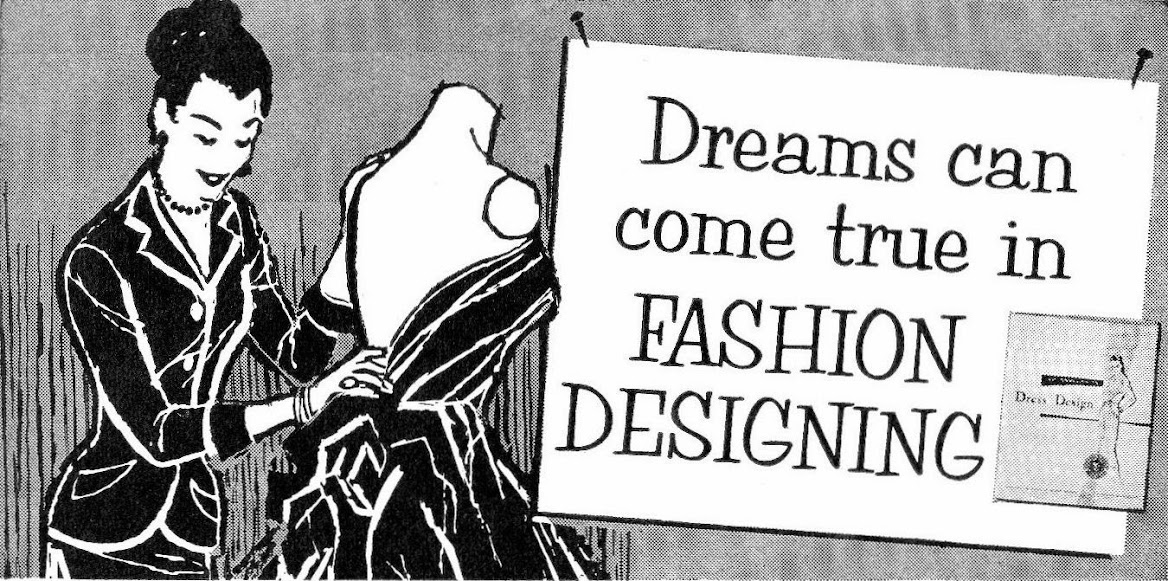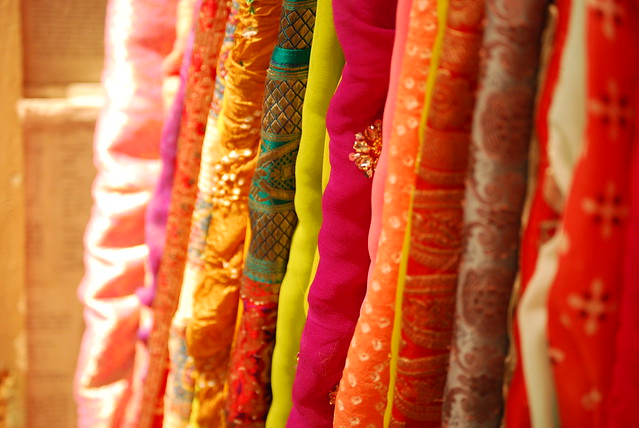Today we begin the discussion about customizing dress forms. The elements that I find essential from professional forms which can/need to be applied to our customized forms are:
A firm pinnable surface
Correct seaming
A solid stand
 |
| Duct tape form by Williams Studio 2 |
One of the traditional ways to achieve customization is to add batting to an existing form. This requires that the form is smaller then you in circumference, but only by an inch or two.
You can see another example of this here
When you pad a form out dramatically it becomes to soft. By to soft I mean that your garment can actually distort the form underneath and you cannot stick a pin straight into the form and expect it to hold.
The only exception to this is cup size. If your purchased form replicates you exactly except for the bust size, by all means put one of your old bras on the form, fill out the cups and dance a jig. You are good to go:)
For most of us though it will be more complicated then that.
The Duct Tape form is certainly an excellent way to achieve a custom form, but to really have a working form you need to follow thru on the process. What do I mean by that?
 |
| Courtesy of Threads Magazine |
The above form does not have seams, a pinnable surface or a stand.
A duct tape form requires a good friend $100 dollars and a few hours to complete the mold which will become your working form. Many people stop at this stage but a hollow form which hangs from the ceiling is certainly not ideal or very useful.
 |
| Completed Duct Tape Form by Lynne Williams |
Now this is more like it, don't you think.
When making your form take it a few steps further by filling the form with expandable foam (in stages, this is very important, because if you don't it will bloat out your mold distorting the final shape).
Once the duct tape mold is filled remove the the duct tape, add a thin layer of batting and then create a cover and a stand for it. the cover is what supplies you with your correct seaming and it looks nice. This generally brings the supply list up to $150-250. It takes 2-3 days to fill the mold with foam and another day to make a pattern and sew up a cover. In addition you will want to make at least one arm for it.
A note about these forms....do not include your arms(which I see pictures of allover the Internet), replicate the look of a professional form because the arms are not on them for good reasons!! Solid arms on a form will limit what you can actually put on the form. Remember professional forms collapse at the shoulders (see previous post) to find out why.
 |
| Custom Dress Form by Lynne Williams |
In Ateliers and costume departments they use a easily made detachable arm like the one you see here.
 |
| Dress Form Stand by Williams Studio 2 |
In addition you will want to add a sturdy base and there are lots of suggestions out there for this. PVC, an iv pole, plumbers pipe will all do the trick. The base above came from a plant stand which I fitted with plumbers pipe and then spray painted black. You can set them into the form by drilling a 8" deep hole into the bottom of your form and setting it in place with more expandable foam. It's not adjustable but could be made so if you required that.
I hope you are finding this series useful.
Please leave comments and ask questions.
Next time we will discuss customizing the Uniquely You Form























